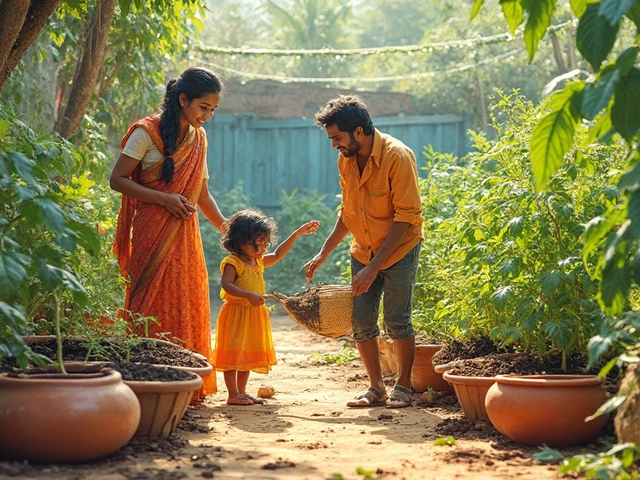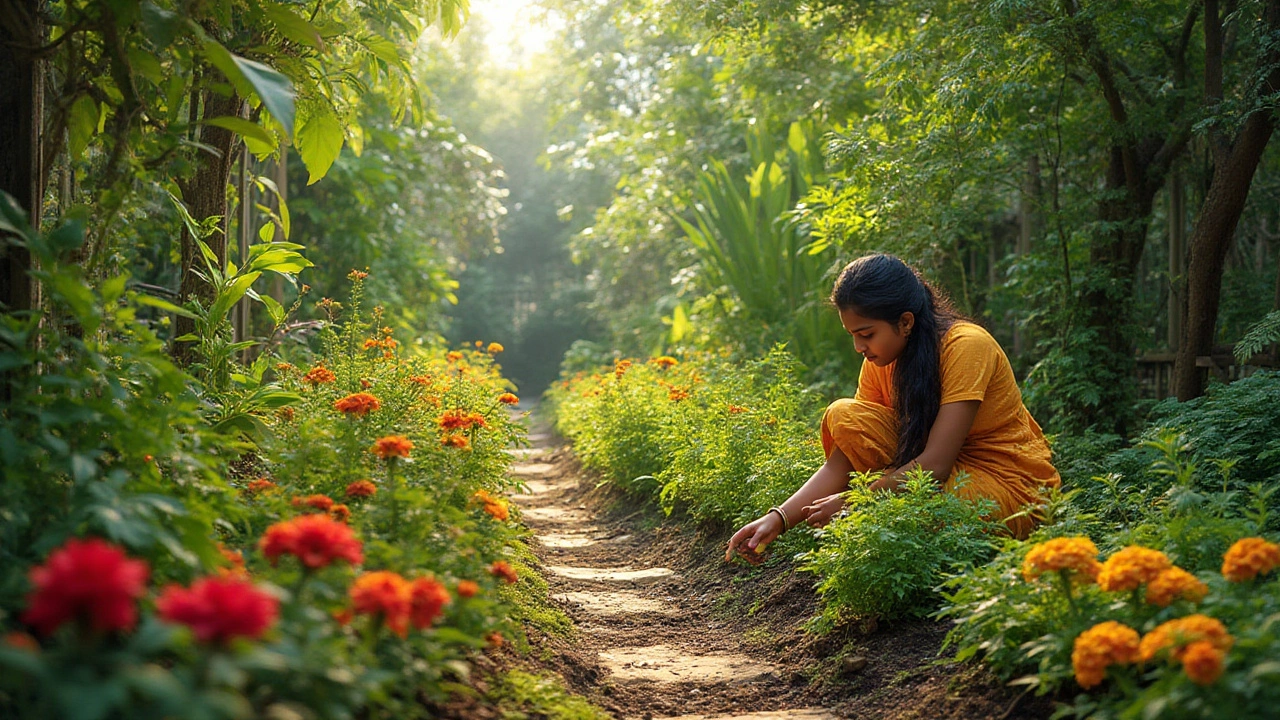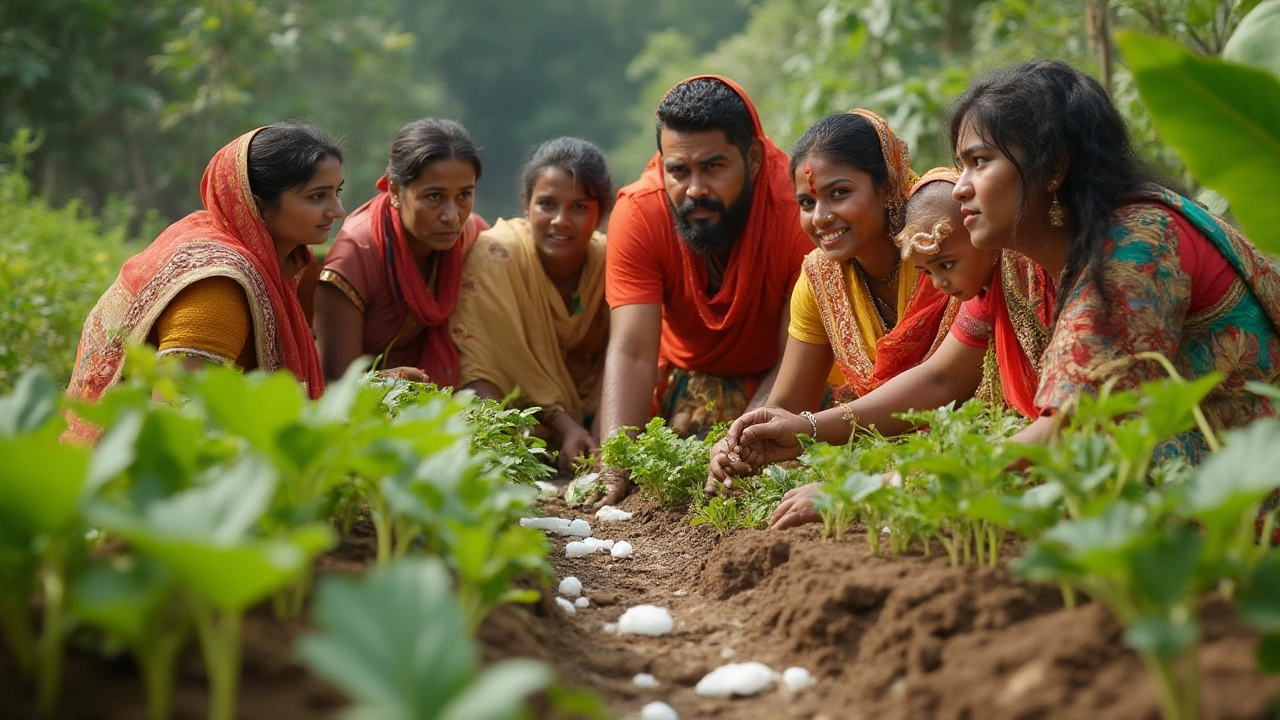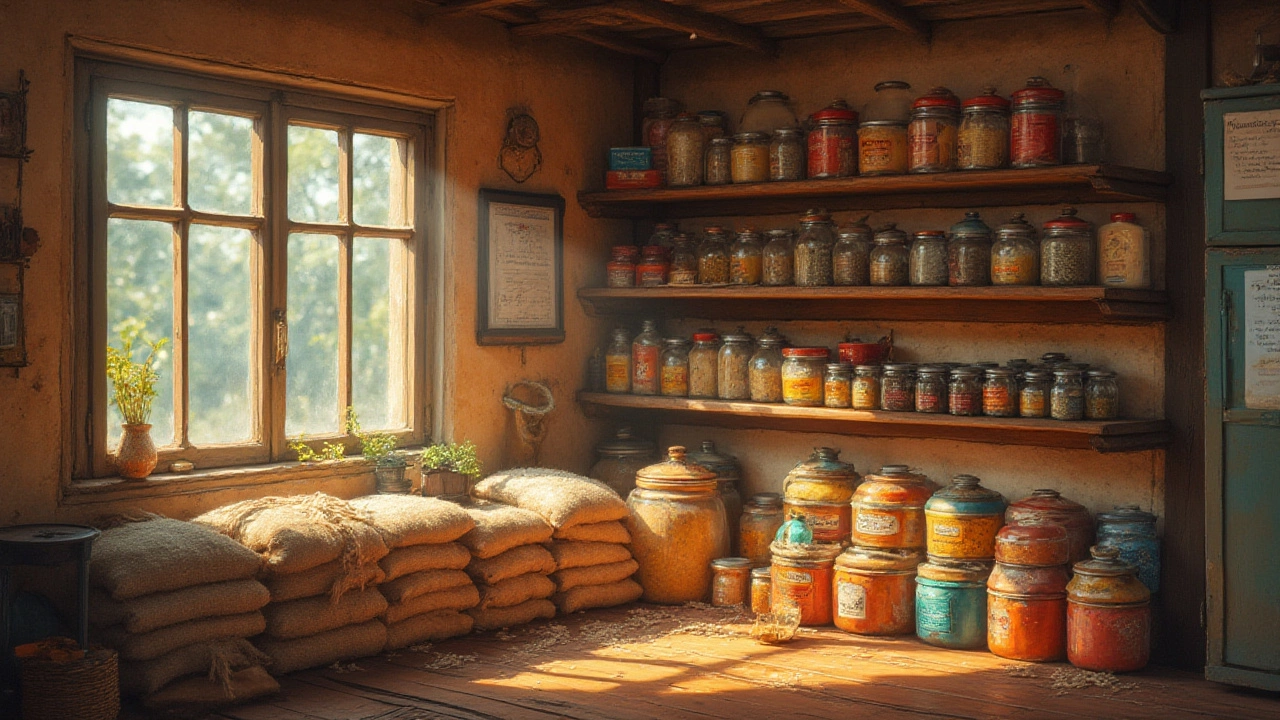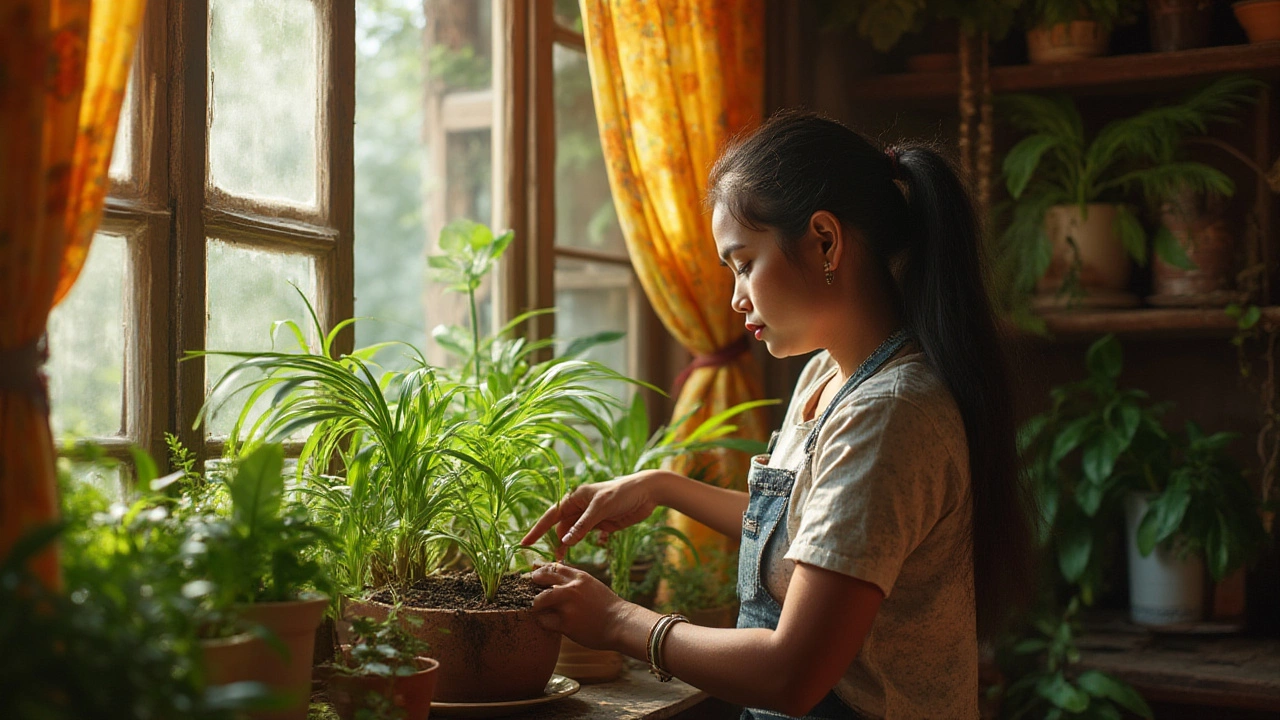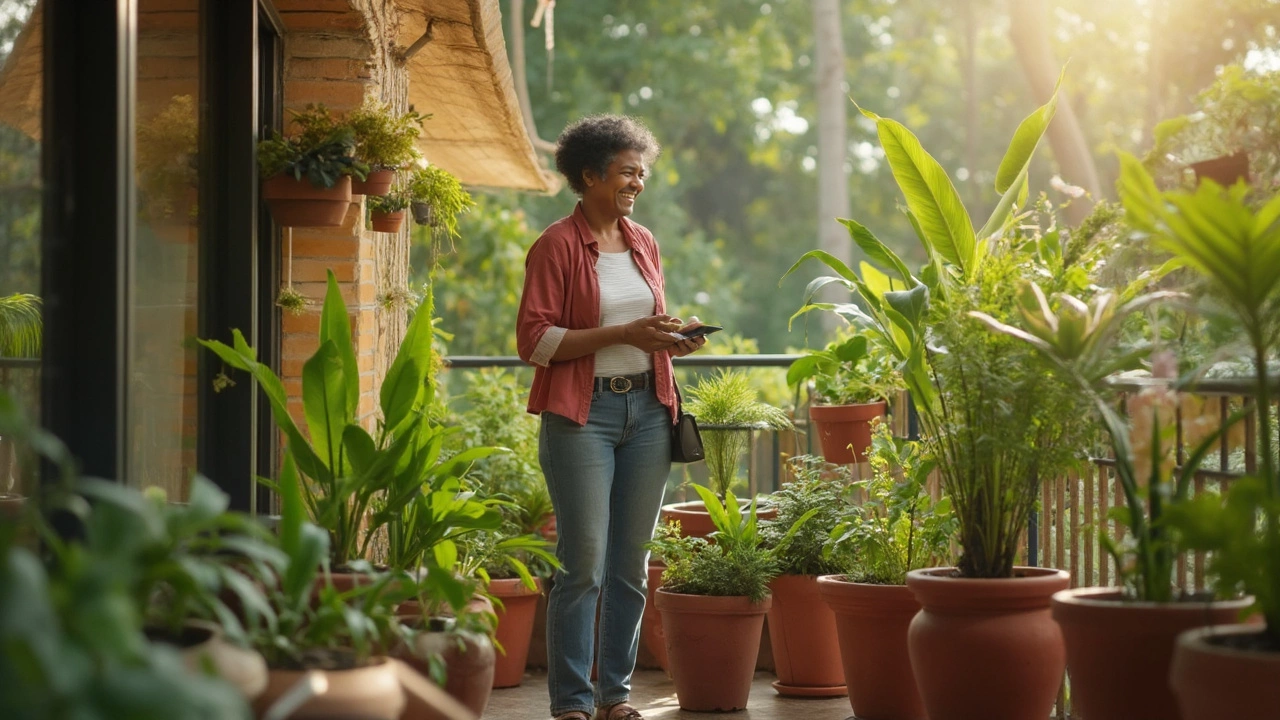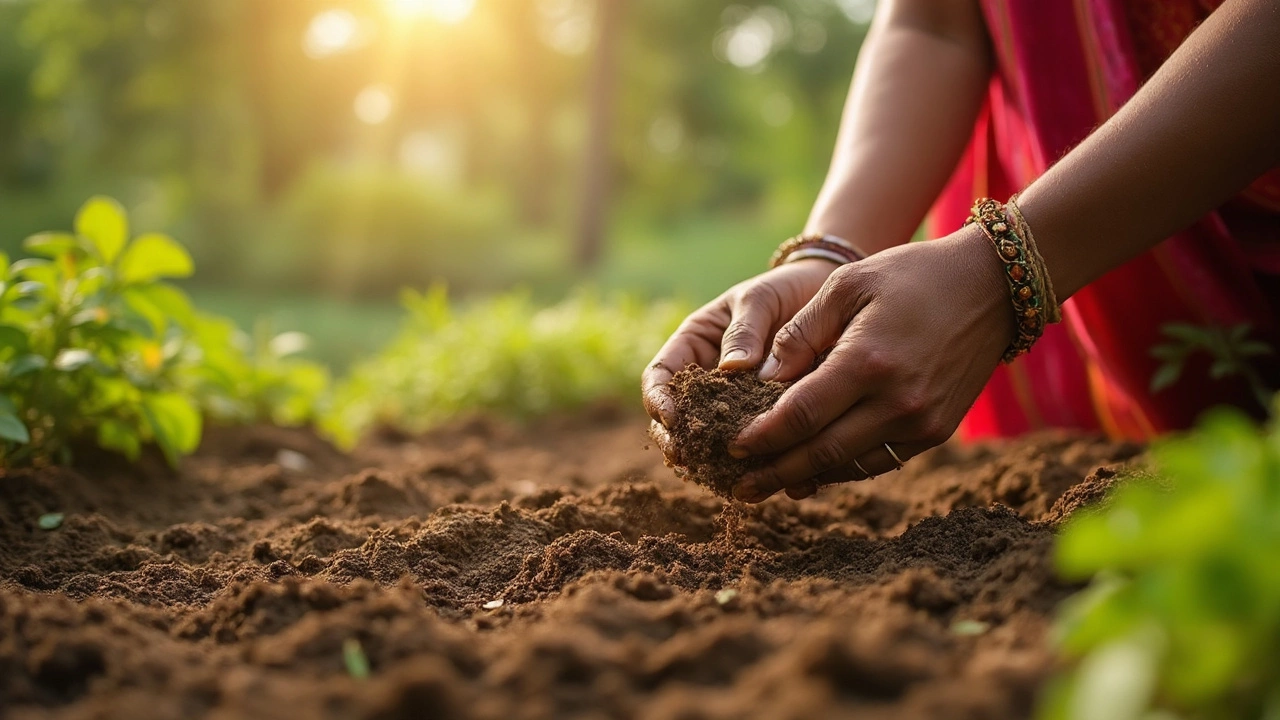Gardening Tips and Guides for Indian Gardens
Welcome to the garden hub for India. Whether you have a balcony, a terrace, or a big backyard, you’ll find straightforward ideas that work with our weather and soils. The goal is simple – help you grow healthier plants without getting tangled in jargon.
Top Articles to Boost Your Garden
We’ve gathered the most useful reads, all written for gardeners like you. Sister Plants: The Science and Benefits of Companion Planting shows which veggies protect each other and how a few smart pairings can cut down pest problems. If hard soil is holding you back, How to Fix Hard Soil in Your Garden walks you through loosening compacted beds with cheap, everyday materials.
Looking for low‑maintenance options? Best Low Maintenance Outdoor Potted Plants lists hardy choices that stay green with minimal watering. For indoor lovers, How to Stop Houseplants From Dying pinpoints the common mistakes that kill foliage and gives quick fixes.
Want to be eco‑friendly? Top Plants for a Sustainable Garden highlights native and drought‑tolerant species that need less water and fertilizer. And if you’re curious about kitchen‑garden superfoods, check out Unveiling the Supreme Superfood: A Guide to Vegetable Gardening in India for a short list of nutrient‑rich veggies you can grow at home.
How to Get Started Today
Start with the soil. A simple jar test – shake a handful of soil with water and watch it settle – tells you if it’s heavy clay or sandy loam. Add compost or well‑rotten manure to improve texture; even a thin layer of leaf mulch helps retain moisture.
Next, pick plants that match your zone. In most of India, mango, neem, and basil thrive with just a little shade. For balconies, try cherry tomatoes, chilies, or dwarf beans in 5‑liter pots. They grow fast and give a quick harvest.
Watering doesn’t have to be a guess. The 30/30 rule for drip irrigation suggests watering for 30 minutes, then waiting 30 minutes before the next cycle. This lets the soil absorb water fully and reduces waste. If you prefer hand watering, aim for a deep soak once every two days rather than a light sprinkle daily.
Pest control can stay natural. A spray of diluted apple cider vinegar (1 part vinegar to 4 parts water) works on aphids and fungus gnats. For larger insects, plant marigold or basil nearby – they act as natural repellents.
Finally, keep learning. Every season brings new challenges, but the articles on this page are updated with current advice for Indian gardeners. Bookmark the ones that match your project, try the tips, and watch your garden improve.
Got a specific problem? Use the search bar to find a guide that tackles it directly. Happy planting!
Sister Plants: The Science and Benefits of Companion Planting for Gardeners
Curious about 'sister plants'? Learn how pairing certain plants can boost your garden's health, repel pests, and increase yields, all with smart, simple strategies.
Top Plants for a Sustainable Garden: Eco-Friendly Choices That Thrive
Want a garden that's eco-friendly and simple to maintain? Discover the best sustainable plants and tips to make your backyard thrive naturally.
Is Styrofoam Safe for Vegetable Gardens? The Truth About Using Polystyrene in Gardening
Dig into the safety and effects of using Styrofoam in vegetable gardens. Learn if polystyrene is safe, what experts say, and get practical tips from real gardeners.
How Long Does Rice Last? Essential Stockpiling Tips for Long-Term Storage
Wondering how long you can keep rice stocked up? Get clear answers, useful facts, storage tips, and mistakes to avoid for building the best emergency rice stash.
How to Stop Houseplants From Dying: Proven Tips for Thriving Indoor Plants
Discover expert tips to stop your houseplants from dying. Learn about proper watering, choosing the right light, and avoiding common mistakes that kill indoor plants.
What Plant is India Famous For? Tea, Spices & More Icons Explained
Curious about the plant that put India on the global map? Explore India's legendary tea, the spice story, and the deep roots of famous native plants.
How to Fix Hard Soil in Your Garden for Healthier Plants
Fixing hard soil in your garden is easier than you think. Discover proven tips, DIY tricks, and why your plants will thank you for it.
Best Low Maintenance Outdoor Potted Plants for Effortless Garden Beauty
Discover the ultimate low maintenance outdoor potted plants that thrive with minimal effort. Get tips and real-life advice for easy care and a gorgeous garden.
Are Carrots Native to India? History, Origins, and Surprising Facts
Discover whether carrots are truly native to India, explore their wild origins, ancient history, and how they’ve changed flavors and colors through time.
Does Apple Cider Vinegar Work as a Natural Insecticide? Facts, Recipes & Results
Curious about using apple cider vinegar as a natural insecticide? Get the real facts, tips, and science behind using ACV for pest control in this easy-to-read, fully detailed guide.
Revitalize Your Garden: Proven Ways to Refresh Tired Soil Fast
Stop struggling with poor plant growth! Learn how to refresh old garden soil with step-by-step tips, simple science, and easy fixes for long-lasting results.
What Not to Put in Compost: Essential Guide for Safe and Healthy Homemade Composting
If you’re eager to make nutrient-rich homemade compost, you need to know there are a few things that just don’t belong in the pile. This practical guide dives deep into what you absolutely shouldn't add, and why skipping certain scraps makes your compost safer and better for your garden. We’ll unpack surprising facts and tips you won’t find on the back of a fertilizer bag. Make sure you create compost that’s both eco-friendly and trouble-free. Here’s what every home composter needs to know.
- 1
- 2
- 3
About
Gardening
Latest Posts


Victorian Terrace House: Key Features, Layout, and How to Spot One
By Alden Thorne Sep 9, 2025

Which Flower Is Most in Demand in India? Digging Into the Popular Choices
By Alden Thorne Apr 30, 2025
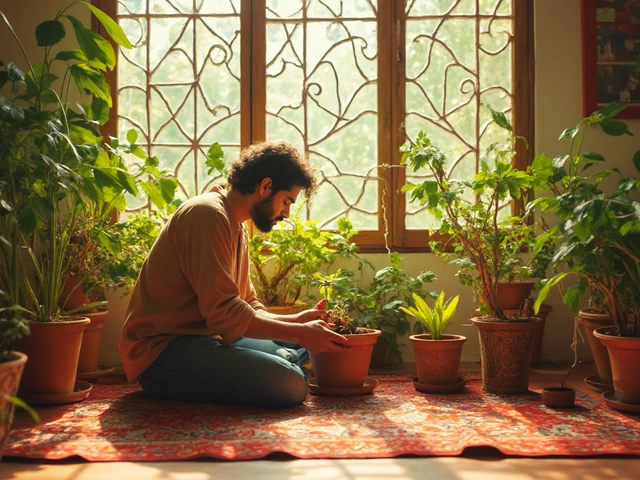
Root Rot Signs: Spotting Trouble in Your Indoor Plants
By Alden Thorne Feb 9, 2025
